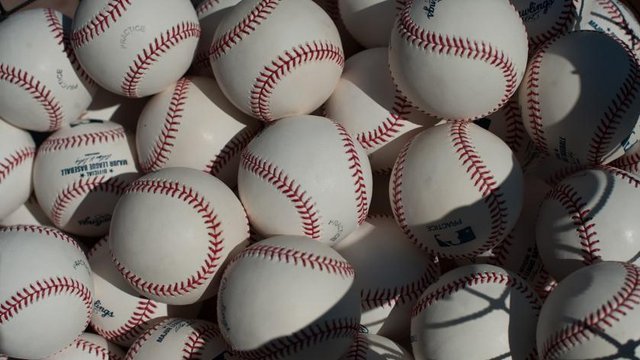
Welcome to year 5 of the TrueSim Franchise Roster Project! If you've used any versions of the roster, thank you. You make it one of the most popular rosters in the vault each year and we (Jeffzinn2004 and myself) are excited to continue bringing the most out of this fantastic game.
NOW AVAILABLE
Online ID: Cycloniac24
Roster: TrueSim Franchise Roster v2
Gameplay Sliders: Gameplay v3 (use when playing games, or in Manage Only Mode)
Sliders for Simming in Franchise: Simulation v2 (use when simulating CPU games or advancing days)
If you've never used our roster before, give this a read:
We invest 100s of hours of time to preparing this project annually for free. You can show your support by upvoting in the vault, telling others to download, or donating via PayPal: https://paypal.me/truesim?locale.x=en_US
Play Ball!
Why Use This Roster?
By now, everyone knows how much Ridin's Full Minors brings to the game. We use that as our base every year. Ridin and his team don't touch MLB rosters. That's where we come in. We spend months before release conducting thorough research on more than 1000 MLB players and 500+ prospects. We use a data-driven method to re-rate each player, one by one.
We also refine ratings for all of the prospects included in Full Minors. They are usually inflated, ratings-wise or potential-wise, which makes long-term franchise play unbalanced and unrealistic.
This is all done to ensure franchise mode is fun beyond year one. If you want a deep, immersive franchise mode experience, along with rewarding gameplay, this is the roster for you.
What's Included
-Re-rates for over 1100 MLB players and more than 500 prospects, including every team's top 15 according to MLB Pipeline
Each player is re-rated, one by one, completely from scratch. All players are rated based on the TrueSim Projection System (TPS). TPS uses a variety of common and advanced metrics to ensure every player’s strengths, weaknesses and tendencies are reflected in gameplay and in simulations
-Full pitch repetoires powered by Statcast
-Adjusted depth charts, position changes and secondary positions for franchise mode longevity
-Equipment edits for increased immersion and realism
-Re-scaled potentials for long-term franchise play
-Slider sets for realistic gameplay and simulation, for both regular season and playoffs
The Ratings (2023 Sheet): https://1drv.ms/x/s!AghAoHIeEMGMgaB9...QtWNw?e=Ssvstw
*Additional players not in this sheet were edited by hand for depth chart purposes/where necessary
Franchise Mode Setup Guide
Spoiler
Sliders
Spoiler
Rating Process and Methodology
Spoiler


Comment